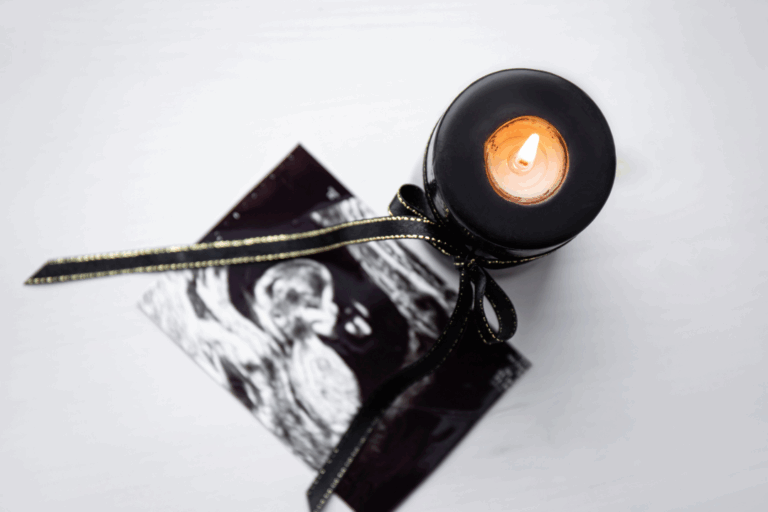Decoding your baby’s cries is a skill that most new parents wish they knew straight off the bat. Not knowing what an unhappy baby needs can be stressful and frustrating. The good news is that you can learn to decode your baby’s cries and it will open a world of intuitive parenting for you.
Decoding your baby’s cries: Day 1-3
Your newborn has arrived and you are not only recovering from the birth and getting used to broken sleep, but you don’t have a clue why they are crying. These newborn cries are an essential part of survival – your baby is helping your body to establish a milk supply, while they get used to their hunger and satiety signals.
TIP – The best way to go is to feed your baby when they cry in the early days – this helps your breasts to shift from that wonderful rich colostrum to mature milk. In these early days don’t follow any advice on limiting time between feeds, timing feeds or using a dummy to soothe your little one.
Decoding your baby’s cries: Two weeks
Between day 10-14, your sleepy newborn – who was not too niggley – may suddenly become a little unsettled and cry more. After the soothing deep pressure input of the tight womb world, most babies are calm for the first two weeks of life. As the effects of the womb and birth wear off, babies become more alert and don’t fall asleep as easily or sleep as well. They become more susceptible to over stimulation and long periods of irritable crying may ensue. This is not because of digestive immaturities or tummy issues (as you may be told) but because of neurological immaturities. By three months old, your baby’s brain will cope better with stimulation and thus your baby will settle down a whole lot.
TIP – Swaddle your baby to replicate the womb world. Swaddling creates deep pressure, which is soothing. Swaddling also inhibits the startle reflex, which can be very disconcerting for a little baby. A shaped 100% cotton swaddle with some stretch is a great tool.
TIP – Limit stimulation, especially in the evenings. Try to encourage Dad not to ‘play’ with his little one in the evening as this can push a tired baby over the edge. Rather let him do the early morning stint – your little one will be more receptive at this time of day.
TIP – Move bath time to the morning – sometimes the sensory stimulation of being undressed, shifts in environmental temperatures and the pampering of bath time is all too much for an over stimulated baby.
TIP – Use white noise – played at the same volume as your baby’s cry (such as a hair dryer or white noise CD like Womb to World), if they are having a long distressing crying spell. Somehow this switches off a colicky cry.
Decoding your baby’s cries: 4-6 months
Is your little one gaining weight well and feeds like a champ in the day but still wakes often crying at night? While most babies still require a feed or two at this age, it certainly is the time when your baby can learn to sleep for a good 7-10 hour stretch.
TIP – Listen to those nighttime cries before responding. Between 4 and 6 months of age, little ones start to learn to self-soothe back to sleep. When your baby comes into a light sleep state, they may cry out, not because they have a need but just because they are slightly alert. If you listen and wait for a minute or two you may find they settle themselves – a good skill to learn at this age. This does not mean you should sleep train at this age but just listen before you respond.
Your little one has recently woken from their sleep and has been under the mobile for 10 minutes and starts to niggle and moan – they could well be bored by the position or becoming over stimulated visually.
TIP – It is time for a change of scenery and a change of sensory stimulation. Babies have short attention spans and need sensory variety. Shift from visual input (such as a mobile) to auditory input (lying on the bed with you listening to you sing) to movement input (a walk whilst being carried in a sling) to baby exercise (lie on the floor and roll them over and back again.)
Decoding your baby’s cries: 6 -12 months
You have just popped out the room leaving your little one under the mobile so you can grab a cup of tea and they start to yell in distress – at around 8-10 months your baby will develop separation anxiety and will be really distressed when you leave the room or pass them to someone else.
TIP – Help them to develop object permanence (knowledge that you exist when she can’t see you) by playing games such as hide and seek behind the couch – call their name and see if they can find you when they can’t see you. If they are too little to come look for you – play peek-a-boo – pop out from your hiding place.
Your little one generally sleeps well but every now and then screams hysterically in the night. When you go in to them, they appear to be asleep and having a night terror. These cries are so distressing and you may be very concerned for your little one. Night terrors can happen at any age and are usually linked to overstimulation and over tiredness.
TIP – Make sure your baby or toddler has good day sleeps and watch their ‘Awake Times’. They should be settled to sleep for day sleeps regularly, according to their age appropriate awake time. Don’t keep them awake in the day to tire them out, expecting better sleep at night – that is a false myth and may result in night terrors.
Decoding your toddler’s cries:
Your toddler embarrassingly throws a crying tantrum in the shops when you won’t give them a sweet in the checkout isle – this has to be every mom’s worst public nightmare. Toddlers throw tantrums when they are tired, hungry or feel misunderstood.
TIP – Do not take your toddler shopping when hungry or tired – this is a recipe for disaster. As you enter the shop, head for the fruit isle and get a punnet of strawberries or fruit. Offer this to your toddler to snack on while you shop – this will fill them up so that sweets appear less appealing. If they insist on a sweet, make sure they know you understand them: “I know you want a sweet”, then give a boundary: “We can’t have sweets” and finally give a choice: “You can have something to drink or some fruit”. By making them feel understood and giving them some control, you may prevent a tantrum.




